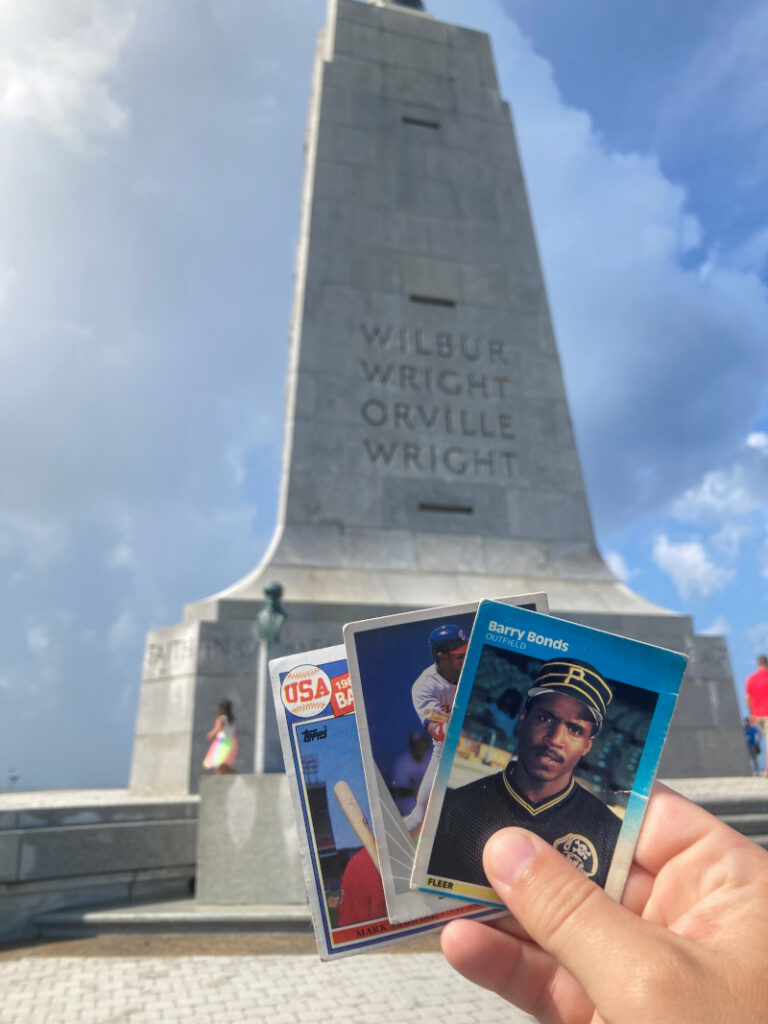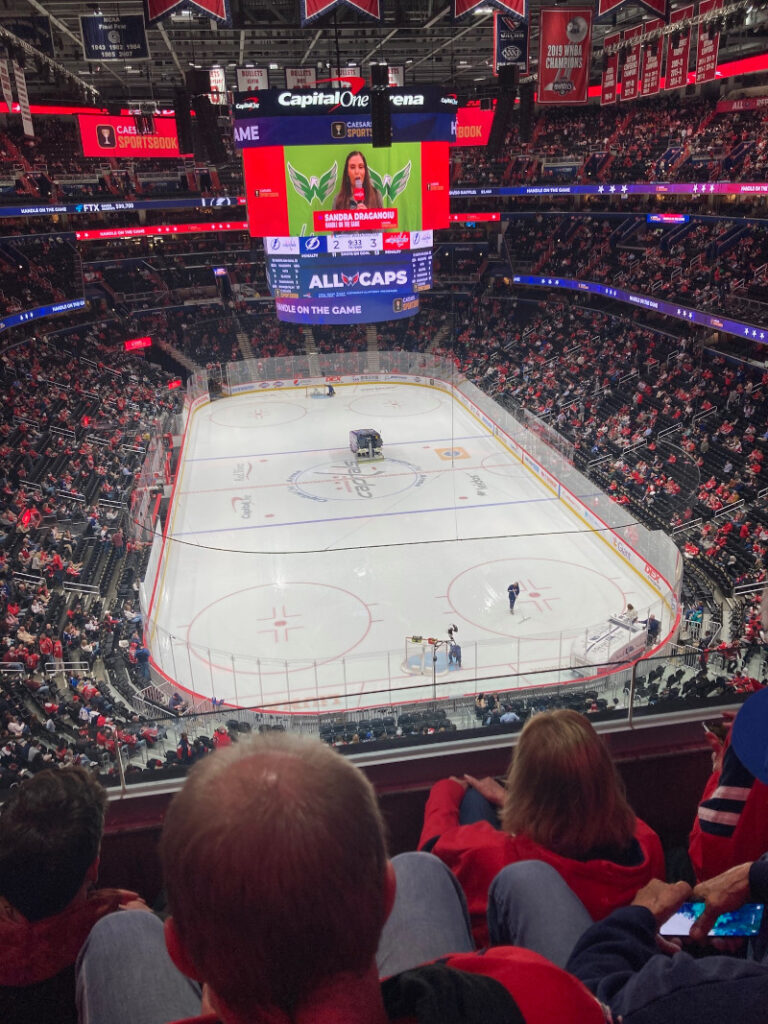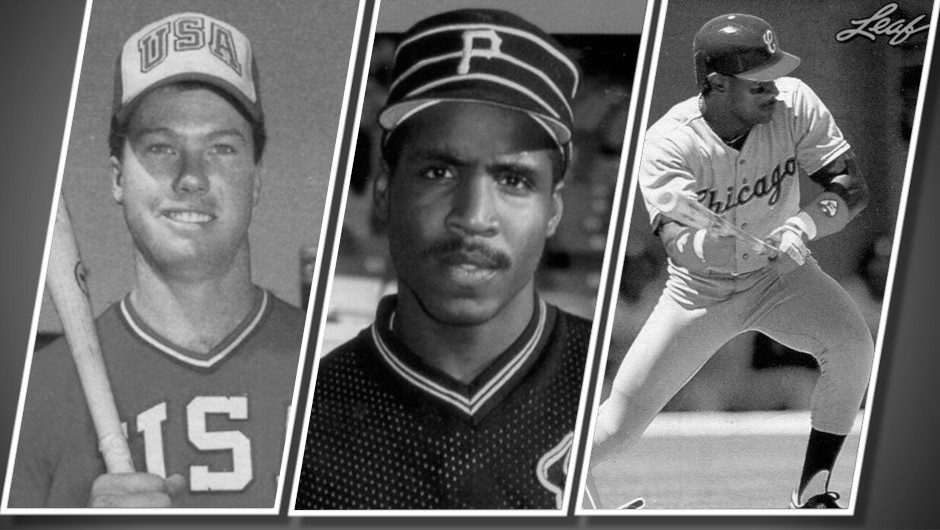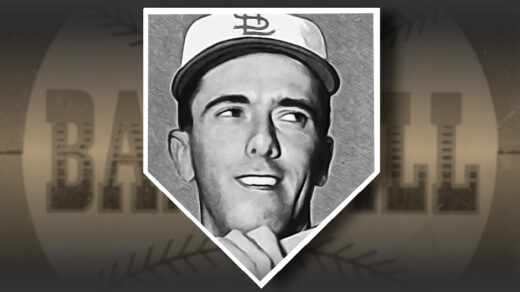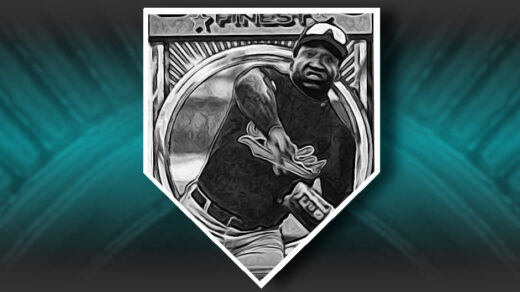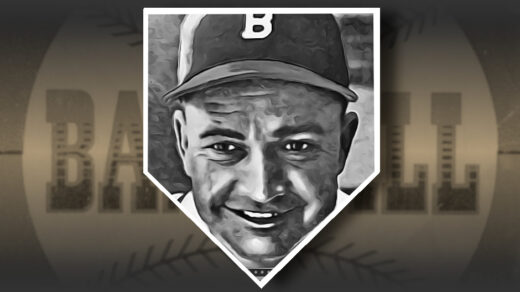2022 was an amazing year for baseball. Aside from the realization of my dream of universal designated hitters, fans were witness to the first successful post-steroid era assault on the 60 home run mark. Aaron judge hit 62 homers during the season in which I carried cards in my wallet of the only other athletes to surpass Roger Maris’ record.
Each year on my birthday I place a handful of cards into my wallet with plans to keep them there for a full year. These cards are completely unprotected and take a lot of abuse. There are no plastic sleeves and no materials to cushion being sat on during my travels. I don’t take special care of them and am happy if they stay in one piece. The cards collect creases, corners grow round, and surfaces become partially obscured as time progresses. I remember where I have been with each card, and those memories become part of that unique creased card, like wrinkles in an old friend’s face or a scar picked up during an adventure.
The cards selected for this annual tradition in early 2022 where the rookie cards of three prolific home run hitters. Each took part in the great 1998-2001 home run chases, years in which Maris’ mark was beaten on multiple occasions. Sammy Sosa is represented by his 1990 Leaf rookie. Mark McGwire appears on behalf of the US Olympic team with his 1985 Topps rookie card. Barry Bonds, the current all-time home run leader, is shown on his 1987 Fleer rookie card. All three were solidly in Near-Mint condition when they went into my wallet, and all emerged poor-fair at best. During the time of the home run chase these cards were changing hands at collecting shows with a combined value of more than $400. For the purposes of this experiment I spent about 1.5% of that total.
What Do 2022’s Cards Look Like One Year Later?
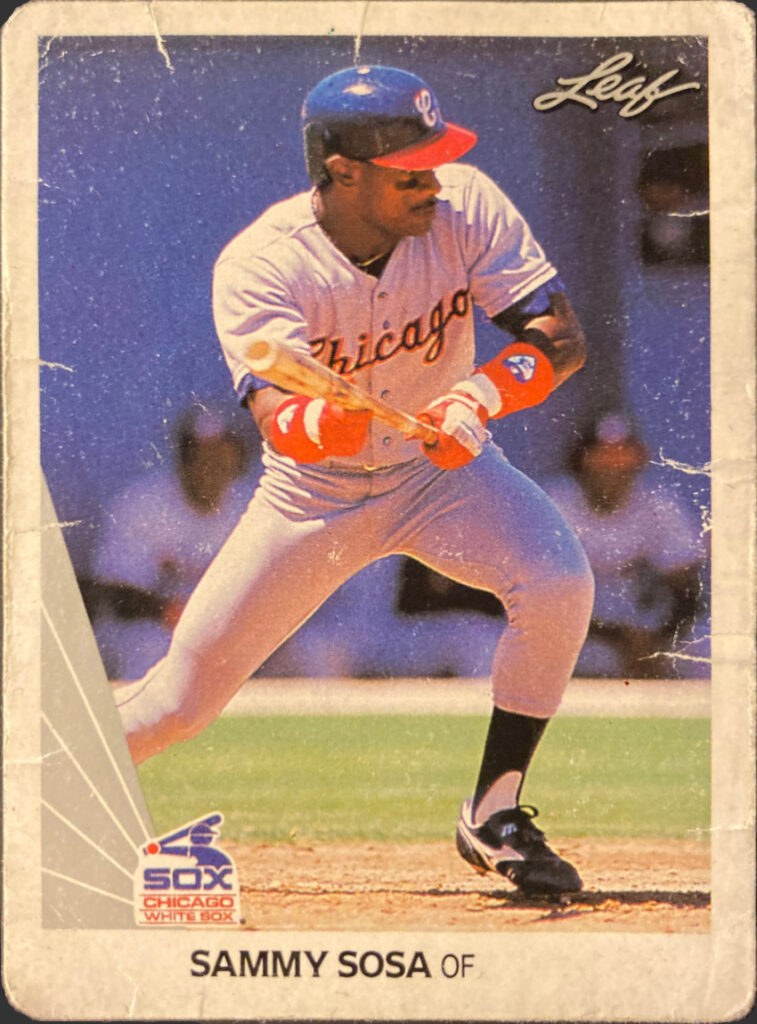
The Sosa rookie presented a different experience than I have had to date with any other wallet card. Printed on premium cardstock in 1990, it accumulated wear differently than the other cards. For starters, the corners did not get as soft as other cards. Instead, they rounded in a uniform manner while maintaining rigidity until late in the year. The extent of rounding matches the other cards, but the uniformity of the wear is striking when physically holding the card. The weak point of the cardboard isn’t the edges or corners, but rather the interior of the card. Whatever adhesive was used to bind multiple layers of cardboard together began to come apart after 6-7 months. If I continued with this card much longer I would have two Sosa rookies instead of one.
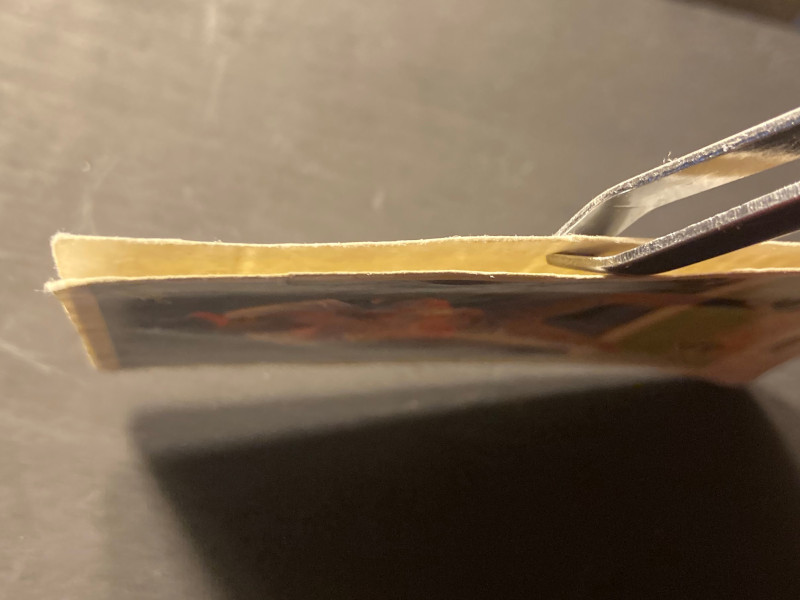
Around the same time as I began contemplating using tape to keep it together, the card began to develop surface abrasions that produced a “snow” effect on the photograph. The effect is minor on the front, but extremely noticeable on the card’s silver colored back. The left-most crease at the top of the card transformed into an actual tear in the final two months.
1985 Topps Mark McGwire
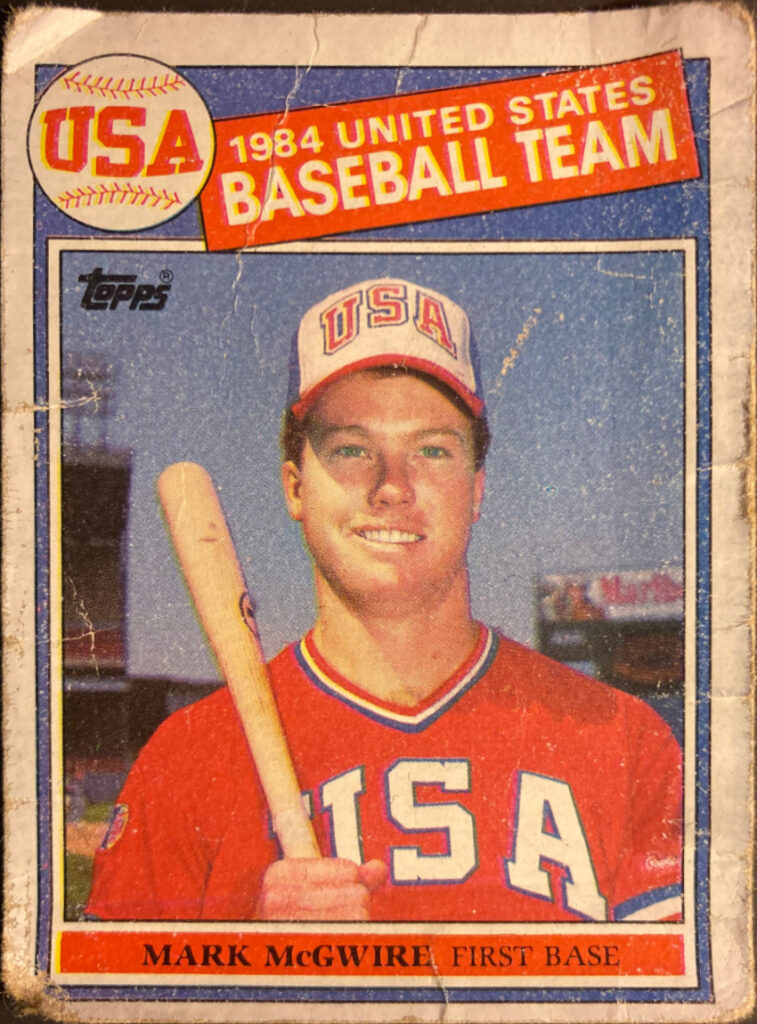
With its lower-quality mid-1980s cardstock, this baseball card attracted some wear fairly quickly. Unlike the Sosa card, McGwire’s corners took on damage early in the process. They became almost paper-towel soft within three months with the lower left corner breaking off in small pieces throughout the year. The same corner began to peel back in layers on the back where there is even more damage. The edges show wear that looks like the more familiar rubber band marks that plague so many vintage cards, and began to lose bits of their white top layer as time progressed.
1987 Fleer Barry Bonds
Here it is, what I consider the key rookie card of the bunch. There was a time in the 1990s when collectors hotly debated which cards constituted a rookie issue. The McGwire Olympic card was initially scorned, but by the time the chase began collectors had seemed to agree that it should be his rookie. Barry Bonds cards took the opposite path. Through much of the 1990s his 1987 issues were generally considered rookies, though he appeared in five 1986 update sets (Topps Traded, Topps Tiffany Traded, Fleer Update, Donruss Rookies, and Sportsflics Rookies). At the time his 1987 Fleer was considered the key card to chase, making it the focus of my project.
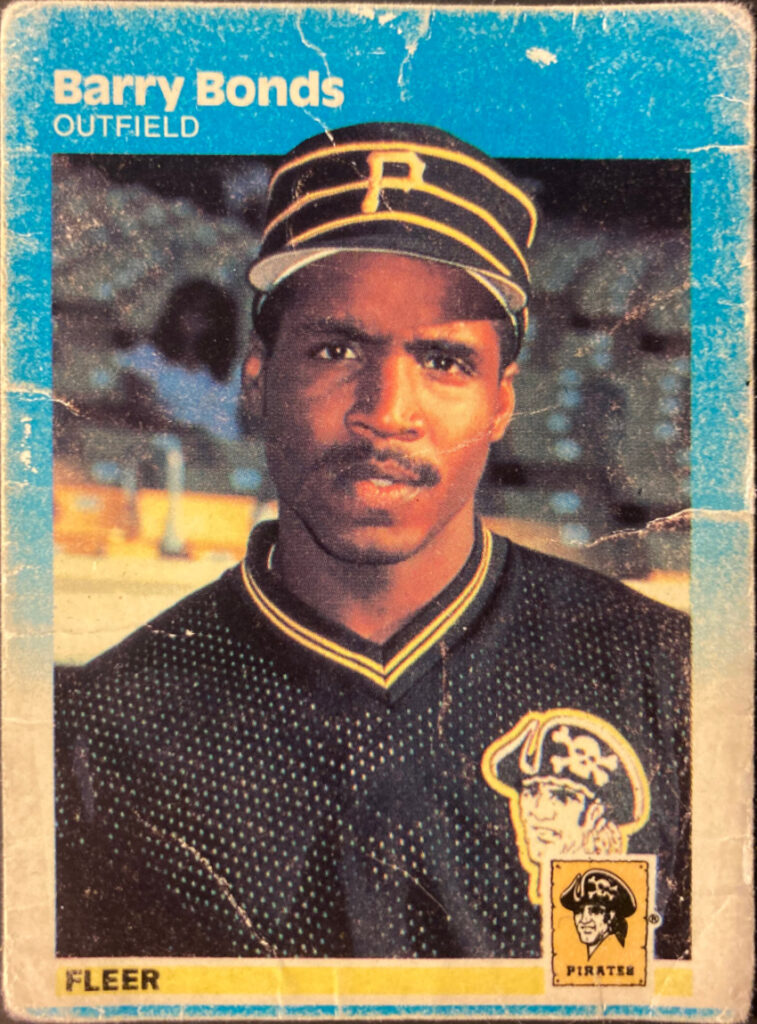
The blue border was always a favorite of mine from the junk wax era, and it wore away beautifully over the course of the year. The cardstock is thinner than the other 2022 wallet cards, resulting in a card that is more paper-like than the others after a year spent in my wallet. Like the Sosa card, internal layers began to separate during the autumn but the card seemed to stabilize before getting too damaged. A great patina of “snow” crept in from the edges, the effects of which can be seen in the monthly timelapse shown below.
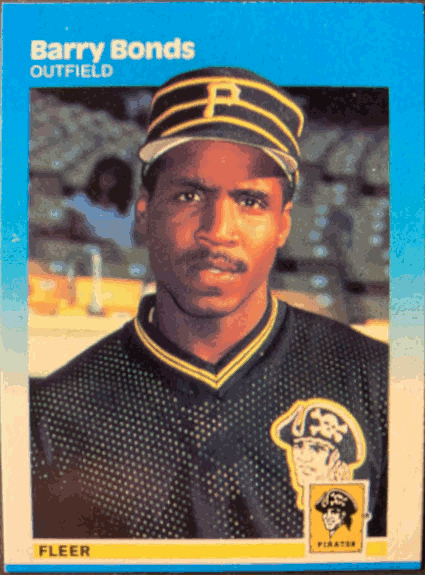
Where Did These Cards Go in 2022?
These cards accompanied me in over 21,000 miles of travel, plus another 4 vertical miles through stair climbing at work. The cards went with me to two Virginia card shows, where I made sure to pull them out for a few vendors to ask what they thought about their condition (spoiler: they were not impressed). The cards were present in my pocket during interviews for a newly created role at work (spoiler #2: I finally got my dream job).
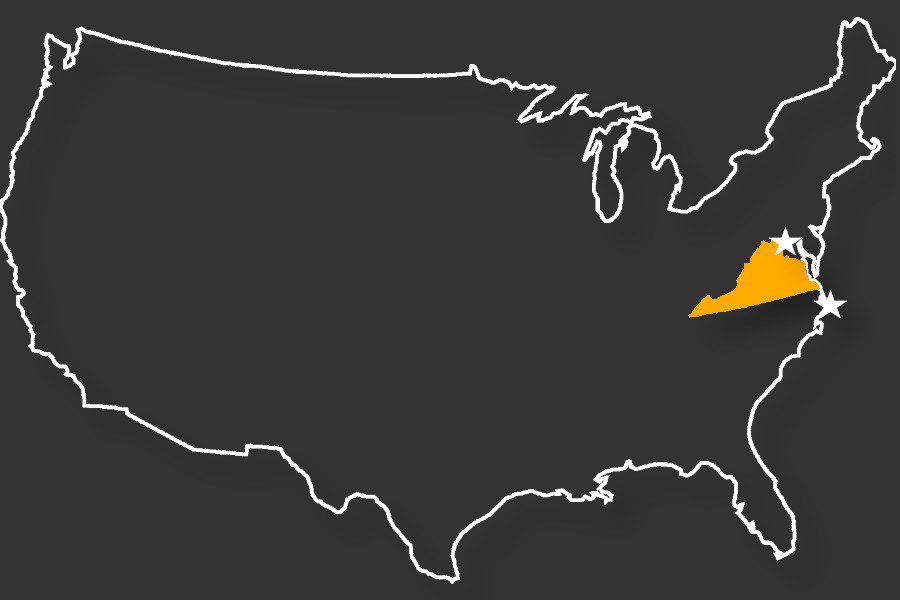
From the above map, it looks like I didn’t get too far away from home (orange). The year’s only out-of-state overnight stays are depicted as stars. There are no complaints, as these symbols represent week-long stays in the heart of Washington DC and the beaches of the Outer Banks.
